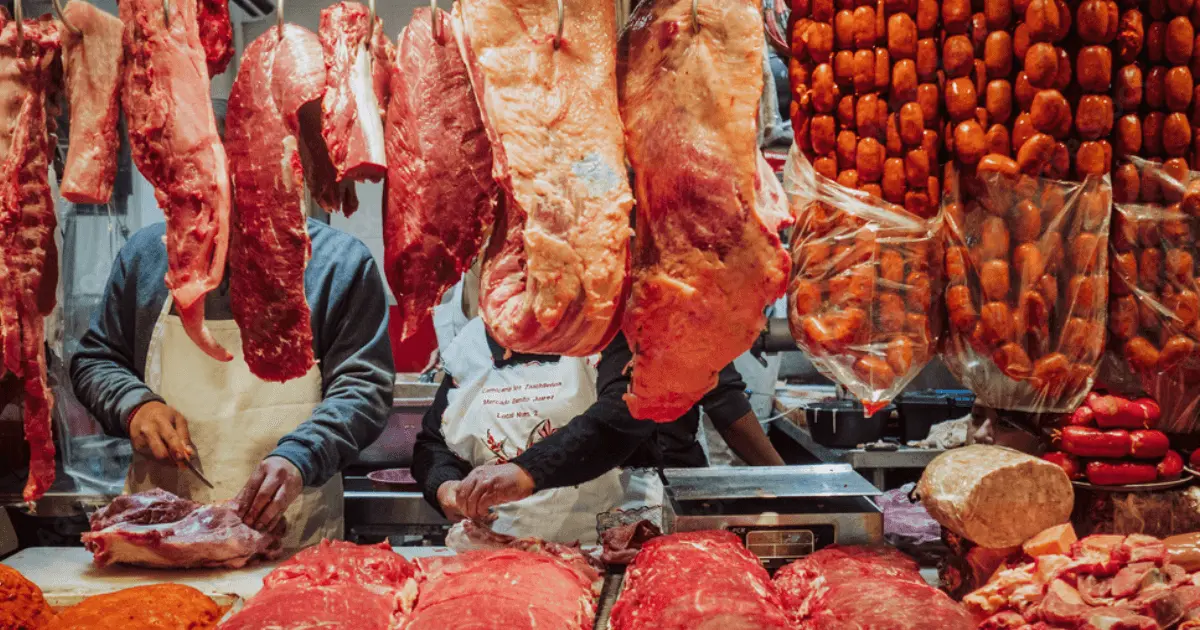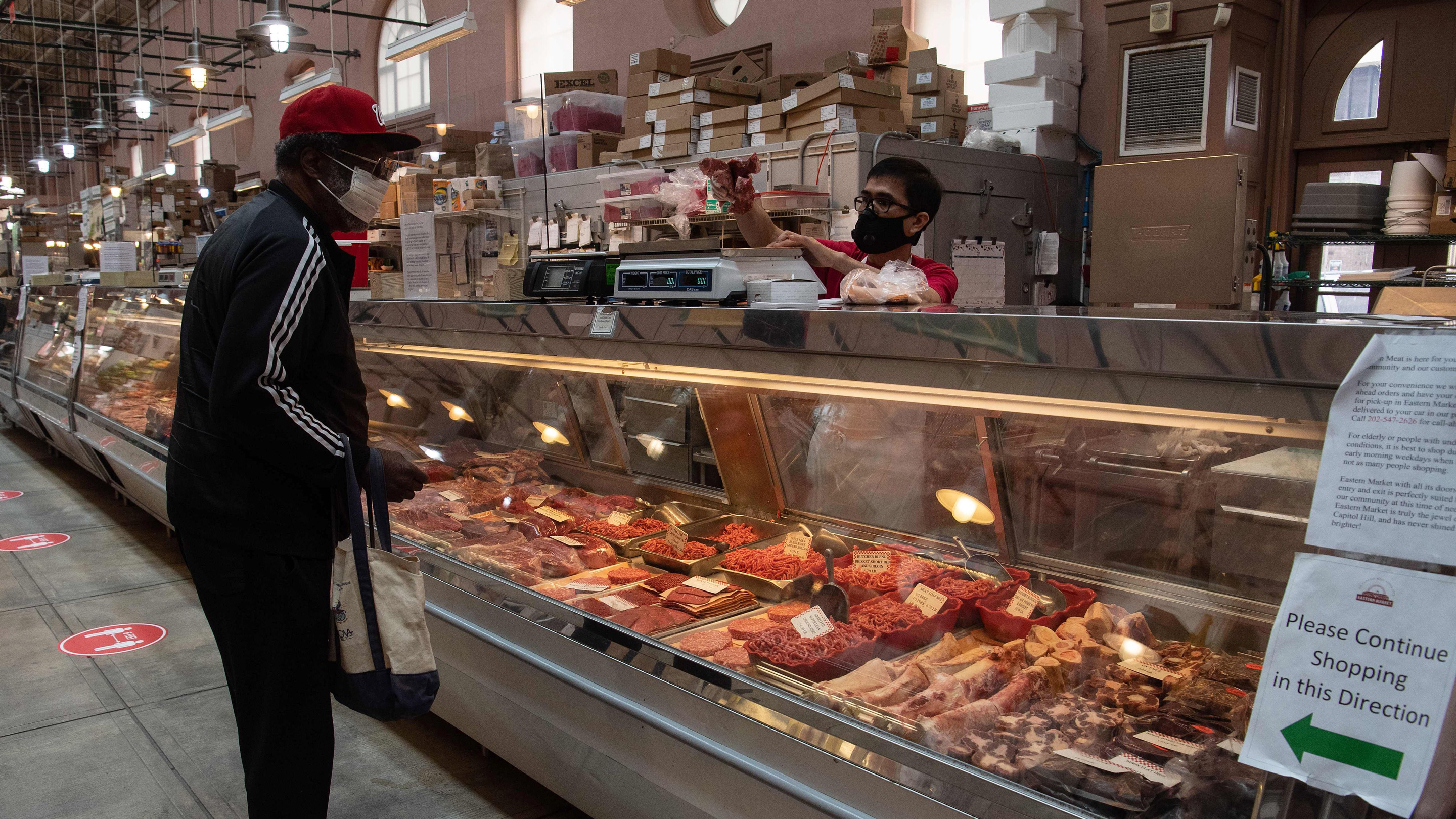Discover Fresh Cuts at Bagley Farms Meat Market Edwardsville IL for Your Next barbeque
Discover Fresh Cuts at Bagley Farms Meat Market Edwardsville IL for Your Next barbeque
Blog Article
Uncover the Art of the Butcher's Cut in a Modern Meat Market
In the ever-evolving landscape of modern-day meat markets, the butcher's cut has transcended its conventional origins, combining age-old workmanship with contemporary practices. What absolutely sets the modern butcher apart is their ability to build a much deeper connection in between customers and the origins of their meat.
Evolution of Butchery Techniques
The development of butchery methods mirrors an abundant tapestry of advancement and adaptation driven by advancements in modern technology, modifications in consumer demand, and a much deeper understanding of meat science. Historically, butchery was a craft gave via generations, with approaches developed over centuries to optimize yield and taste. The commercial change ushered in mechanization, transforming typical practices and allowing large handling.
The mid-20th century saw butchery techniques additionally improved by scientific insights right into muscular tissue biology and meat aging, enhancing both tenderness and taste. Technologies like vacuum cleaner packaging and refrigeration extended product shelf-life, permitting butchers to expand offerings and improve high quality control. This period likewise noted the surge of specialized equipment, such as band saws and meat slicers, which enhanced accuracy and performance in meat processing.

Computerized systems currently assist in monitoring pet provenance and maximizing cuts to satisfy particular customer preferences. In addition, a renewal in artisanal butchery has actually arised, mixing standard skills with contemporary understanding to cater to customers looking for honest and sustainable meat choices.
Comprehending Meat Cuts
Comprehending the intricacies of meat cuts is necessary for both butchers and customers looking for high quality and value. For butchers, accurate cuts mirror skill and respect for the craft, ensuring minimal waste and optimum return.

Comprehending muscle mass composition is essential; muscles made use of a lot more often by the animal often tend to be tougher and are best suited for slow-moving food preparation methods, while less-used muscles, like those located in the loin, are a lot more tender and ideal for cooking or roasting. Experience with these distinctions encourages consumers to make educated options, boosting their cooking endeavors.
Picking Top Quality Meat
Selecting the right meat entails more than just picking an aesthetically attractive piece from the display screen. bagley farms meat market edwardsville il. The art of choosing top quality meat needs a critical eye and understanding of specific features that symbolize freshness and quality. Pay attention to the color; beef should have an intense, cherry-red shade, while lamb needs to display a soft pink tone, and pork a light pink. This indicates the meat is fresh and hasn't been revealed to oxygen for too lengthy.
Secondly, take into consideration the marbling, which refers to the white streaks of fat within the muscle mass. Appropriate marbling is a key sign of inflammation and flavor, his comment is here as it melts throughout food preparation, improving the meat's juiciness. Keep in mind, higher marbling usually correlates with premium top quality cuts, such as USDA Prime.
Appearance is another essential variable; meat ought to really feel firm to the touch, not slimed or excessively soft. In addition, bear in mind the scent. Fresh meat ought to have a clean, neutral odor, without any sour or off-putting smells.
Pairing Cuts With Cooking Approaches

Alternatively, tougher cuts like brisket and chuck roast are rich in collagen, which breaks down right into gelatin when prepared gradually. These cuts are perfect for braising or slow roasting, allowing the meat to tenderize gradually and create deep, complicated tastes. Cuts such as brief ribs and pork shoulder get on well with slow-cooking approaches, where expanded cooking times change their robust structures right into delicious meals.
Lamb additional info shanks and oxtail, which call for long term food preparation to soften, are best prospects for cooking or slow-moving simmering. These approaches coax out abundant, passionate tastes while keeping dampness. By understanding the unique characteristics of each cut, chefs and home cooks alike can elevate their cooking productions, ensuring each dish is both satisfying and remarkable.
The Butcher's Role Today
Navigating the progressing landscape of the contemporary meat market, the butcher's function today extends past plain prep work of cuts. Contemporary butchers are culinary craftsmens, instructors, and supporters for lasting practices. They link the gap between the ranch and the fork by making sure moral sourcing, comprehending pet husbandry, and prioritizing openness in the supply chain. This shift reflects the expanding customer need for top quality over quantity, where provenance and pet well-being are paramount.
In addition to crafting precise cuts, butchers now involve directly with customers, using cooking guidance and tailoring options to fit specific needs and preferences. Their competence in meat aging, marbling, and flavor profiles equips customers to make informed decisions, improving their cooking experiences. This customized solution exhibits the butcher's developing function as a relied on advisor in the kitchen.
Additionally, butchers are pivotal in lessening waste, making use of entire animals to develop diverse products such as sausages and stocks. This detailed strategy not just values the animal but likewise lines up with modern sustainability objectives. This way, the modern butcher embodies both custom and advancement, adjusting to an ever-changing market while preserving the artistry and integrity of their craft.
Final Thought
The contemporary butcher's craft elaborately weaves standard strategies with modern-day innovations, emphasizing sustainable methods and honest sourcing. Mastery in comprehending diverse meat cuts and quality indicators empowers butchers to offer informed recommendations, lining up particular visit this web-site cuts with ideal cooking methods. This competence not only elevates cooking experiences yet additionally reinforces the link between customers and the beginnings of their food. By recognizing historic methods while accepting contemporary demands, the butcher's function stays important in today's sophisticated meat market (bagley farms meat market edwardsville il).
Report this page